How to Choose the Right Water Well Pump for Your Home Needs
When selecting a water well pump for your home, understanding the crucial factors that influence your decision is essential. According to the Ground Water Association, approximately 15 million households in the U.S. rely on private wells, making it imperative for homeowners to choose the right water well pump to ensure efficient water supply and longevity. The selection process involves evaluating pump types, flow rates, and the specific needs based on your household's water consumption. Moreover, reports indicate that improper pump selection can lead to significant inefficiencies, with up to 20% of wells producing less water than required due to mismatched equipment. In this guide, we will explore the key considerations and strategies to help you make an informed decision, ensuring your water well pump is perfectly suited for your home needs.
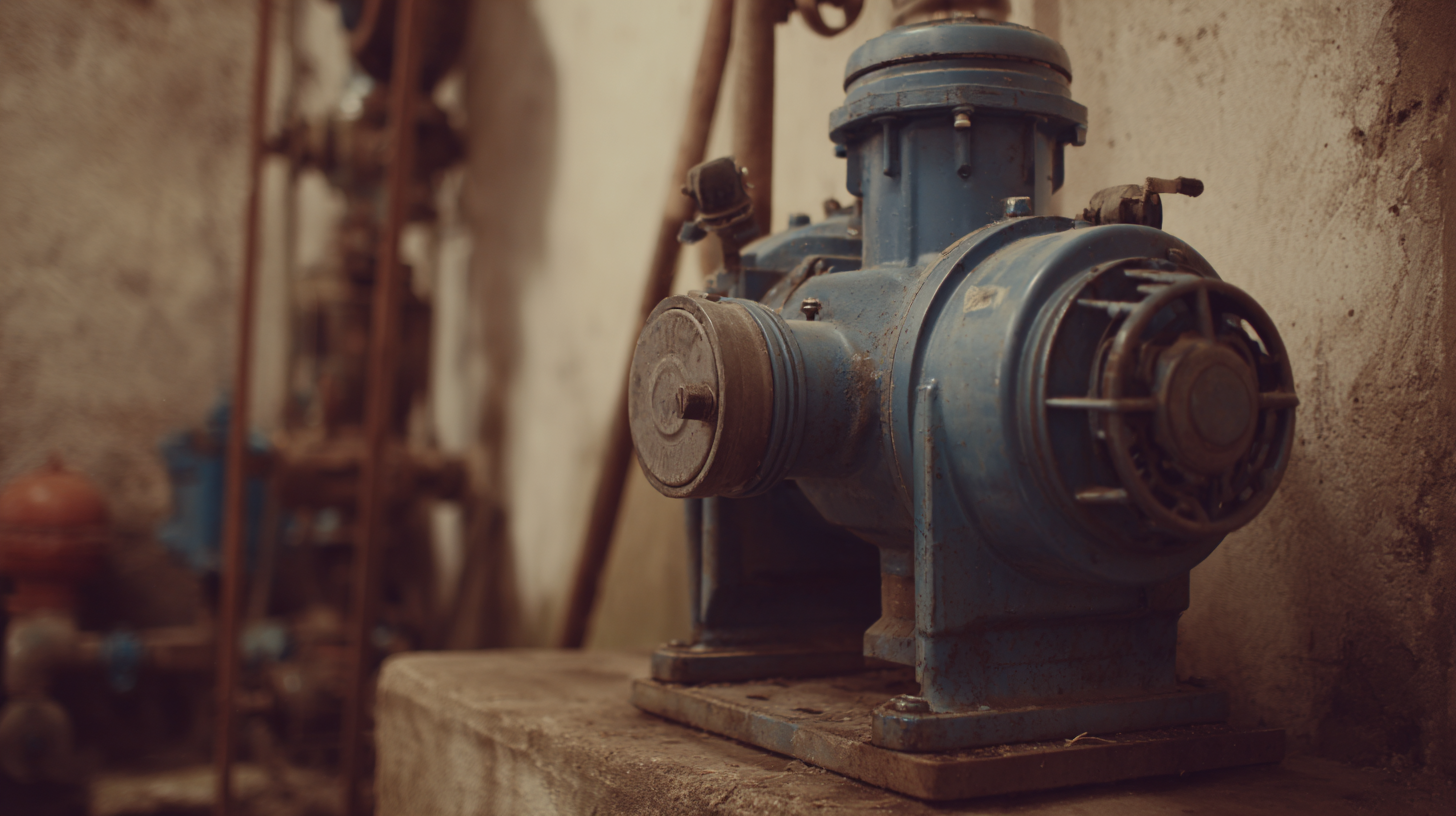
Understanding Different Types of Water Well Pumps: Submersible vs. Jet Pumps
When selecting a water well pump for your home, understanding the differences between submersible and jet pumps is crucial. Submersible pumps, designed to operate underwater, tend to be more efficient than jet pumps, particularly for deeper wells. According to the U.S. Geological Survey, submersible pumps can draw water from depths of up to 550 feet, making them ideal for households in areas where groundwater levels are significantly lower. These pumps are also less prone to cavitation and other operational issues, providing more reliable service over time.
In contrast, jet pumps are typically used for shallower wells, generally effective at depths of around 25 to 50 feet. They work by creating a vacuum that draws water into the system, but this method can be less efficient as it requires more energy to operate. A report from the American Water Works Association indicates that while jet pumps may be less costly upfront, they can incur higher energy costs due to their reliance on atmospheric pressure. For homeowners with deeper wells or those seeking long-term efficiency, submersible pumps often emerge as the superior choice.
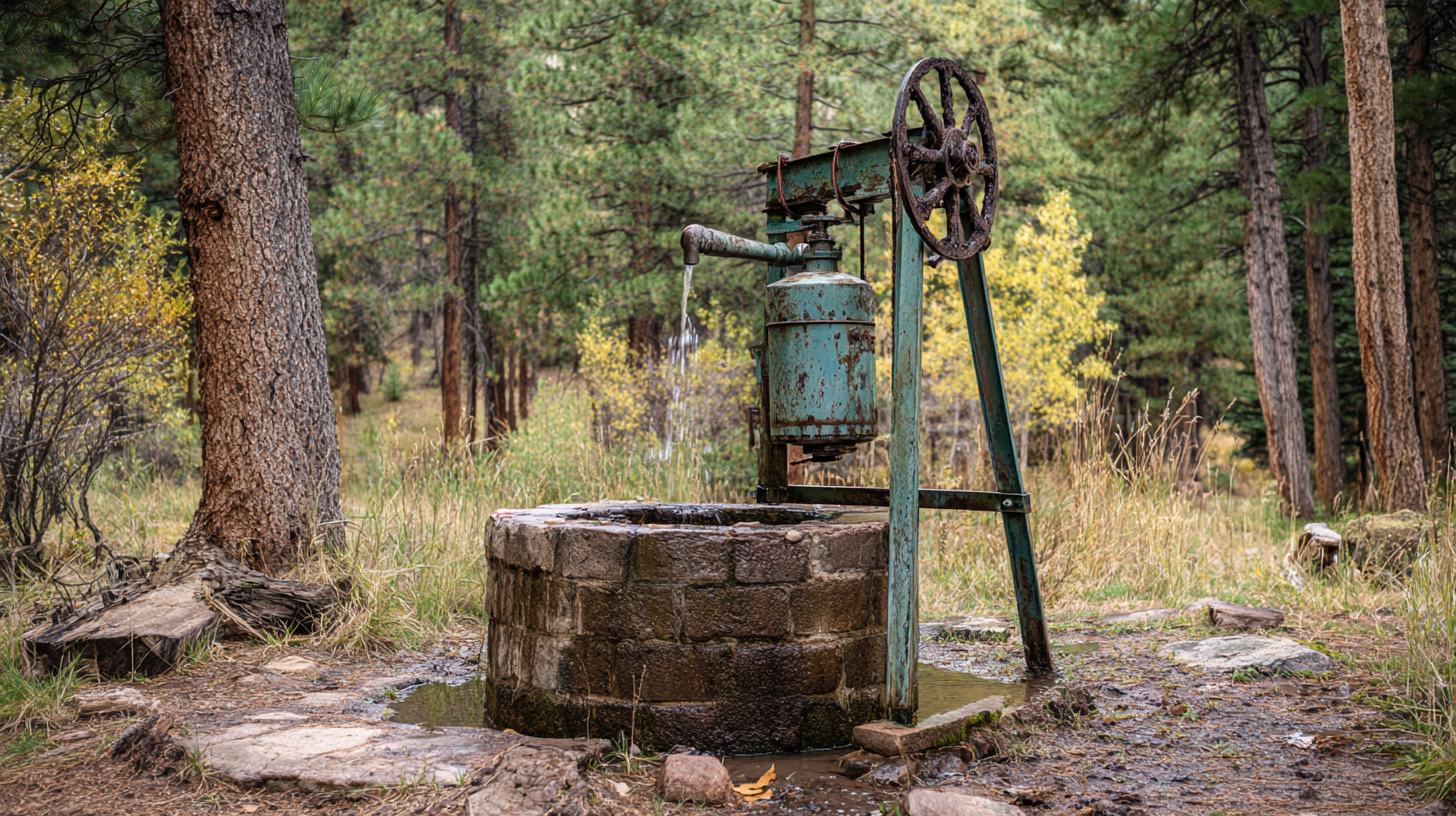
Determining the Right Pump Size: Using Flow Rate and Depth Considerations
Selecting the right water well pump for your home begins with understanding two critical factors: flow rate and well depth. The flow rate, measured in gallons per minute (GPM), indicates how much water the pump can deliver at a given time. To determine your home’s needs, consider the number of fixtures that will be in use simultaneously, such as faucets, showers, and appliances. A higher flow rate is essential for larger households or homes with multiple water sources working concurrently.
Next, the depth of the well significantly impacts the type of pump required. If your water source is shallow, a shallow well pump may suffice. However, deeper wells require submersible pumps that can handle significant depth while maintaining the necessary pressure to deliver water to the surface. When calculating the appropriate pump size, consider both the depth of the water level and the distance the water must travel, ensuring the pump can efficiently meet your household's demands without overworking or running dry. Balancing these two factors will help you choose a pump that provides a consistent and reliable water supply.
Evaluating Efficiency Ratings: Importance of Pump Performance and Energy Consumption
When selecting a water well pump for your home, understanding efficiency ratings is critical. According to the U.S. Department of Energy, choosing an energy-efficient pump can reduce energy costs by up to 30%. This is particularly important as water well pumps often operate for several hours daily, contributing significantly to household energy consumption. Look for pumps with high-efficiency ratings, typically expressed as "pump efficiency" percentages. A pump with an efficiency rating of 70% or higher is recommended for optimal performance.
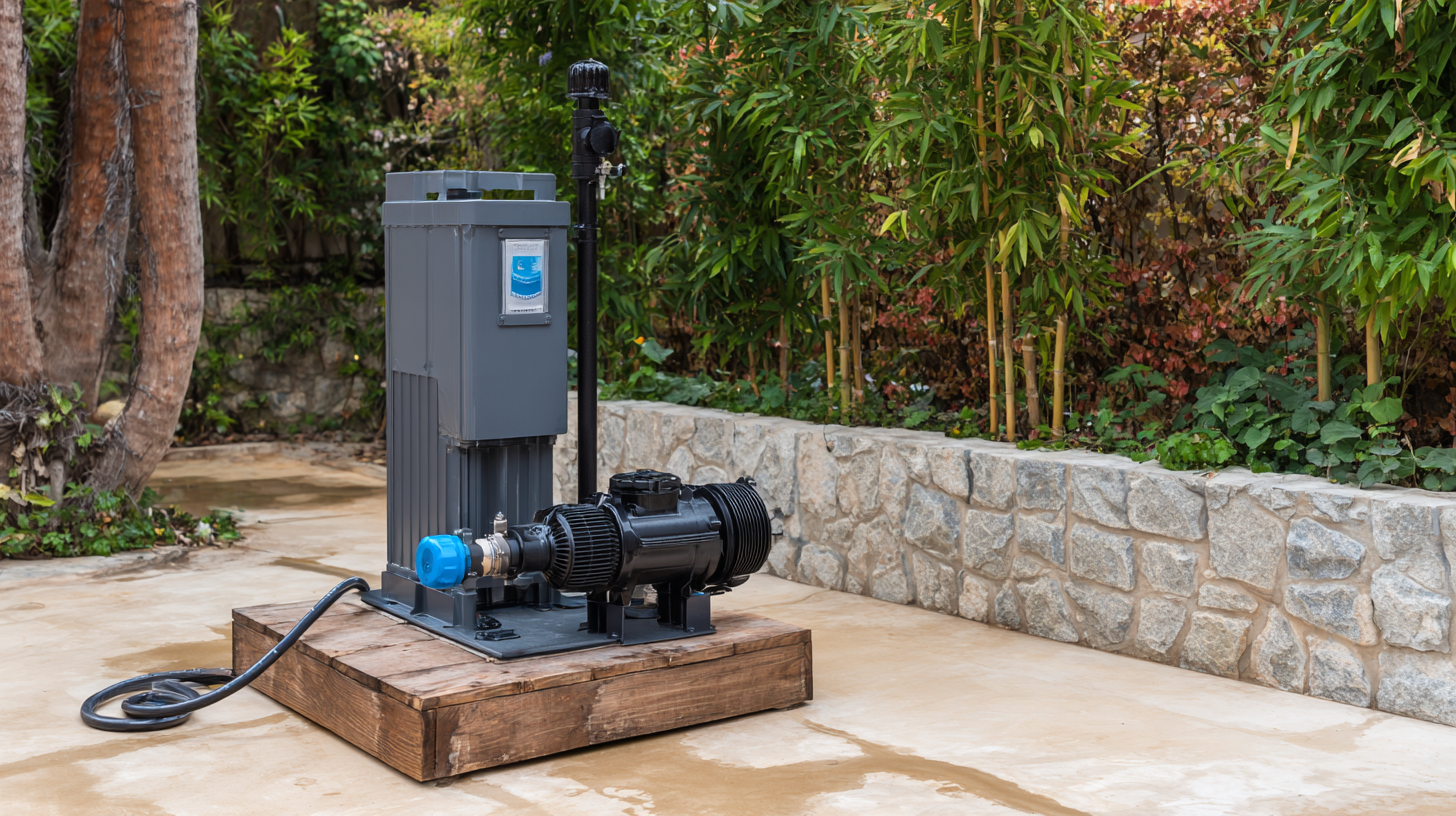
Tips: Before making a purchase, consider the peak flow rate needed for your household. A pump that meets but does not exceed your requirements can help maintain efficiency and lower operational costs. Additionally, check the annual energy consumption; using pumps with variable speed drives can adapt to changes in water demand, yielding further savings on energy bills.
Incorporating advanced technologies can enhance pump efficiency. According to the Water Well Journal, submersible pumps designed with high-efficiency motors can operate with energy savings of about 15% compared to conventional models. This investment not only supports improved performance but also ensures you're contributing positively to environmental sustainability. By prioritizing efficiency ratings, homeowners can secure a pump that meets their needs while minimizing energy consumption and costs.
Assessing Local Water Quality: How Contaminants Affect Pump Selection
When selecting the right water well pump for your home, it is crucial to first assess the local water quality, as contaminants present in groundwater can significantly influence pump performance and durability. For instance, studies conducted in regions like Fayoum depression in Egypt have highlighted the presence of antibiotic pollution and other contaminants in water sources. These factors necessitate a careful evaluation of the specific water quality parameters in your area, including physical and chemical characteristics, to ensure the chosen pump can efficiently handle any challenges posed by these impurities.
Furthermore, trends observed in various regions, such as groundwater abstraction in Copenhagen and the impacts of untreated wastewater in Jordan, underscore the importance of understanding local conditions before making a selection. Variations in water quality can affect not just the functionality of the pump, but also the long-term safety of the water supply. A thorough analysis, perhaps using tools like the water quality index (WQI), can help homeowners identify the nature and concentration of any pollutants, leading to a more informed decision on the most suitable water well pump for their specific needs.
Water Quality Contaminants and Their Impact on Well Pump Selection
The chart below illustrates the common contaminants found in groundwater and their influence on the choice of water well pump systems. Understanding the levels of these contaminants can help homeowners select an appropriate pump type that addresses their specific water quality needs.
Budgeting for Installation and Maintenance: Cost Analysis for Water Well Pumps
When selecting a water well pump for home use, budgeting for installation and maintenance is crucial. The initial cost of the pump itself can vary significantly, depending on the type and capacity. Submersible pumps, which are often more efficient for deep wells, generally have a higher upfront cost compared to jet pumps. On average, homeowners should expect to spend anywhere from $300 to $2,000 for the pump alone, with additional costs for installation ranging from $200 to $1,500 depending on the complexity of the installation and the depth of the well.
In addition to the initial purchase and installation costs, ongoing maintenance is an essential aspect of budgeting for a water well pump. Regular servicing, which can include checking for clogs, testing water quality, and inspecting the electrical components, is necessary to ensure the pump operates efficiently. Homeowners should plan for annual maintenance expenses that can range from $100 to $400. Additionally, setting aside funds for potential repairs or replacements will help mitigate unexpected costs, ensuring that your water supply remains reliable and safe for everyday use.
Related Posts
-
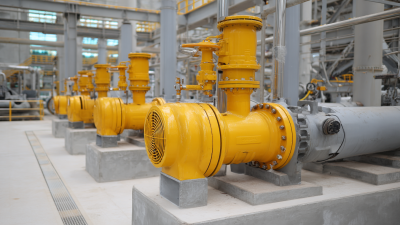
5 Essential Tips for Choosing the Right Surface Jet Pump for Your Needs
-

Exploring Innovative Alternatives to Flo Jet Pumps for Efficient Fluid Management
-
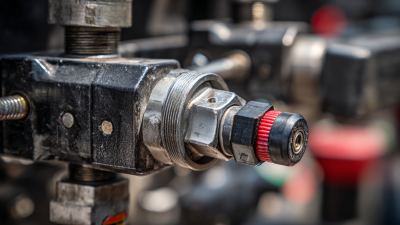
How to Effectively Maintain Your Hydraulic Gas Pump for Optimal Performance
-

Ultimate Checklist for Selecting the Right Surface Jet Pump for Your Industrial Needs
-

7 Best Ways to Maximize Efficiency with Ultra Jet Pumps
-

How to Choose the Right Flo Jet Pump for Your Specific Needs
